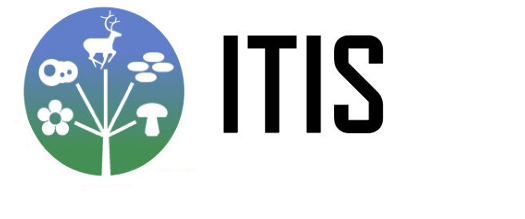| |
|
|
|
| |
Expert(s): |
|
|
| |
Expert: |
Alan P. Peterson, M.D. |
|
| |
Notes: |
PO Box 1999 Walla Walla, Washington 99362-0999 |
|
| |
Reference for: |
Paradoxornis paradoxus |
|
| |
|
|
|
| |
Other Source(s):
|
|
|
| |
Source: |
IOC World Bird List (version 15.1), website (version 15.1) |
|
| |
Acquired: |
2025 |
|
| |
Notes: |
Gill, F., D. Donsker, and P. Rasmussen, eds. 2025. IOC World Bird List (v 15.1). Available at http://www.worldbirdnames.org [Accessed 28 Feb 2025] |
|
| |
Reference for: |
Paradoxornis paradoxus, Three-toed Parrotbill [English] |
|
| |
|
|
|
| |
Source: |
Zoonomen - Zoological Nomenclature Resource, website (version 1998) |
|
| |
Acquired: |
1998 |
|
| |
Notes: |
Alan P. Peterson; http://www.zoonomen.net/ |
|
| |
Reference for: |
Paradoxornis paradoxus |
|
| |
|
|
|
| |
Publication(s):
|
|
|
| |
Author(s)/Editor(s): |
Gill, Frank, and Minturn Wright |
|
| |
Publication Date: |
2006 |
|
| |
Article/Chapter Title: |
|
|
| |
Journal/Book Name, Vol. No.: |
Birds of the World: Recommended English Names |
|
| |
Page(s): |
ix + 259 |
|
| |
Publisher: |
Princeton University Press |
|
| |
Publication Place: |
Princeton, New Jersey, USA |
|
| |
ISBN/ISSN: |
0-691-12827-8 |
|
| |
Notes: |
Includes a CD-ROM with the full dataset |
|
| |
Reference for: |
Paradoxornis paradoxus, Three-toed Parrotbill [English] |
|
| |
|
|
|
| |
Author(s)/Editor(s): |
Mayr, Ernst, and Raymond A. Paytner, Jr., eds. |
|
| |
Publication Date: |
1964 |
|
| |
Article/Chapter Title: |
|
|
| |
Journal/Book Name, Vol. No.: |
Check-list of Birds of the World, vol. 10 |
|
| |
Page(s): |
502 |
|
| |
Publisher: |
Museum of Comparative Zoology |
|
| |
Publication Place: |
Cambridge, Massachusetts, USA |
|
| |
ISBN/ISSN: |
|
|
| |
Notes: |
|
|
| |
Reference for: |
Paradoxornis paradoxus |
|
| |
|
|
|

